“The concept of fair use is meaningless when frivolous or random interpretations allow a team of searchers, typically employed by a major label, to harass creators for content that falls under the legal definition of fair use.” – Rick Beato
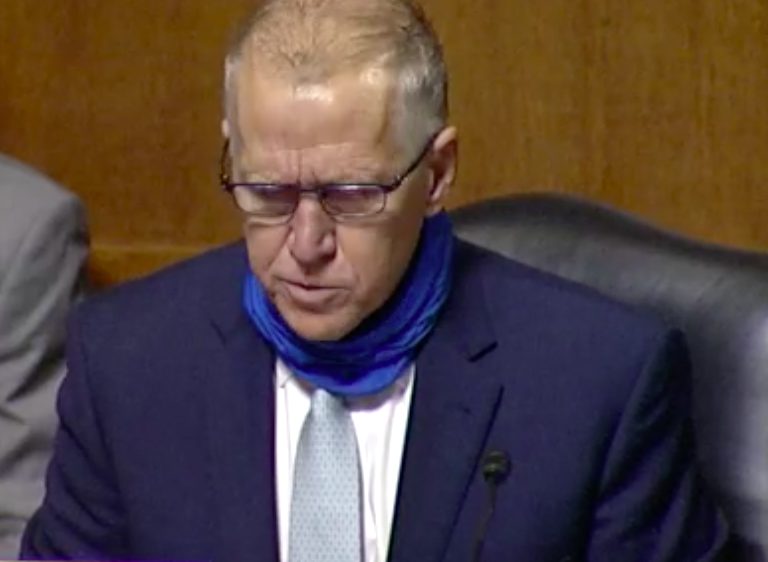
Senator Thom Tillis
The Senate Judiciary Committee’s Subcommittee on Intellectual Property on Tuesday continued its year-long series of hearings on the Digital Millennium Copyright Act (DMCA), this time focusing on the question, “How Does the DMCA Contemplate Limitations and Exceptions Like Fair Use?” Subcommittee Chairman Thom Tillis (R-NC) said that fair use has traditionally been “a bit of a touchy subject in copyright discussions,” but plays an important role in encouraging free speech and promoting creativity. Rather than focus on legal questions of fair use like those before the Supreme Court in Google v. Oracle, Tillis said the hearing was meant to discuss how the original DMCA accounted for fair use and how a reform bill should consider it. Subcommittee Ranking Member Senator Chris Coons (D-DE) added that fair use is “a contentious and challenging subject” and needs to strike a balance between safeguarding free speech while combating digital piracy and ensuring creators are fairly compensated.
As in previous hearings on the DMCA, the panelists boiled down to copyright owners and artists, who urged changes to make it easier for artists to take down infringing content; intermediary and software representatives, who insisted the system is working well; and academics and attorneys representing a mix of both perspectives.
Balancing the Onus
The first panel featured industry representatives and academics. Sherwin Siy, Lead Public Policy Manager at Wikimedia Foundation, said that his organization relies heavily on the safe harbor provisions of Section 512, removing infringing content when they receive actual notice. About one third of the time, they find the infringing content and remove it, but the other two thirds of the time, they find that the notice does not identify an infringement, Siy said. “This analysis not only takes a substantial amount of staff time, it also means that when we decline a takedown request we’re exposing ourselves to potential liability for infringement. We’re only able to spend this much effort and take this much risk because we get so few DMCA notices,” he added.
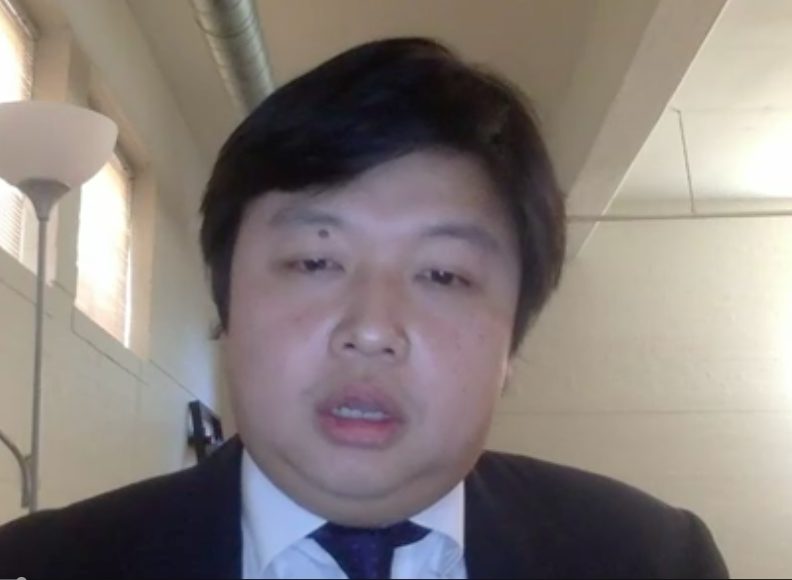
Sherwin Siy
Despite the volume of Wikimedia’s traffic, the foundation receives only about 30 DMCA notices per year. Siy attributed this to the community editing process, in which allegedly infringing material is removed by volunteers. Many times, the content removed is actually a fair use, but Wikimedia Commons’ volunteer-created standards are much stricter than the U.S. copright law, by design. Since fair use is highly context specific and Wikimedia is a global organization, what might be fair use in the United States could be an infringement elsewhere, explained Siy. This ultimately means that “only a small subset of fair uses can be seen on Wikipedia. This has real effects, not just on the completeness of the knowledge available, but on the overall story that the presence or absence of that knowledge tells,” Siy said. However, fixing the problems would require a complete reevaluation of the way copyright fair use is perceived by the law, courts, users and companies, and adjustments that Siy said Wikimedia “would not recommend at this time.”
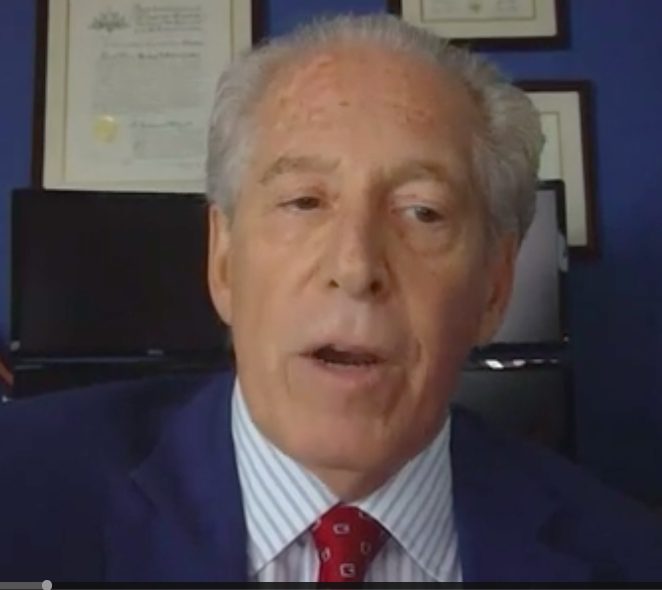
Mickey Osterreicher
Mickey H. Osterreicher, General Counsel, National Press Photographers Association, had a very different view, and told Subcommittee members that updated mechanisms and legislation are badly needed to protect copyright owners. The current approach to curbing copyright infringement on the internet puts too much of the onus on rights holders and is a poor solution due to the growing “whack-a-mole problem.”
Many of the most powerful internet companies understand that it is n their interest to muddy the waters surrounding fair use,” Osterreicher said. “Currently, visual journalists, who cannot work from home, risk their health and safety everyday covering the COVID-19 pandemic and protests over the death of George Floyd. Adding that to the peril of today’s economy, the importance of vigorous and effective remedies for copyright infringement cannot be overstated
Osterreicher said that online service providers today “are not just passive intermediaries anymore and I’m not sure they should be entitled to a safe harbor.” He recommended better clarifying the so-called red flag knowledge standard for OSPs set forth in the DMCA.
Professor Jane C. Ginsburg, Morton L. Janklow Professor of Literary and Artistic Property Law, Columbia University School of Law, said she would not recommend a legislative solution to problems around fair use because it is “a moving target,” but proposed adopting an alternative dispute resolution (ADR) mechanism for copyright, along the lines of the new EU copyright regime, which could make the system more responsive to both sides.
Christopher Mohr, Vice President for Intellectual Property and General Counsel, Software and Information Industry Association, said that his organization views the fundamental promises of 512 and 1201 as successful and is “agnostic” on the subject of amendment of the DMCA, but that the Copyright Office may have a role in educating more about fair use, and that solutions such as ADR may be supported by at least some of SIIA’s members. Osterreicher also said that solutions such as ADR and the CASE Act “would go a long way in possibly resolving some of these problems that we’re seeing.”
First Amendment versus Creative Control
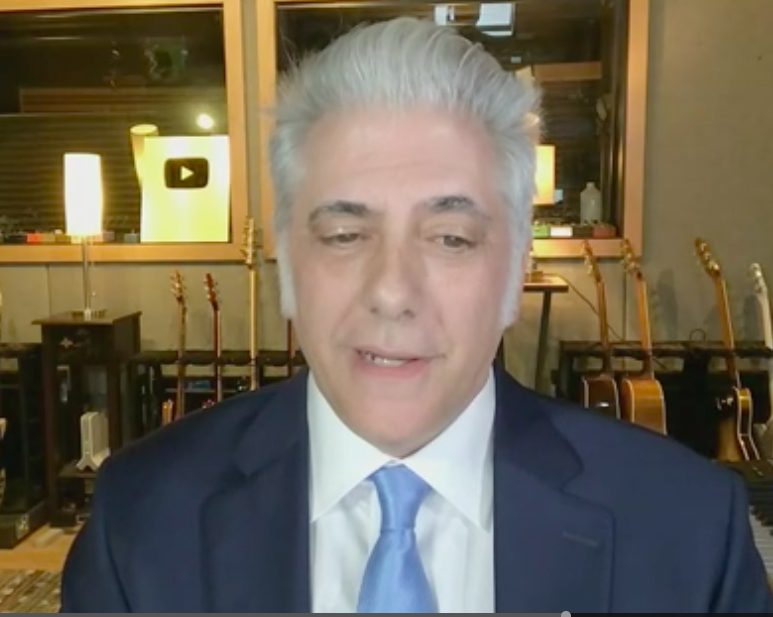
Rick Beato
Panel two included artists, content creators, attorneys, and a political campaign representative. Rick Beato, Songwriter, Producer, Engineer, and Educator, explained his dilemma as an artist who makes educational music videos on YouTube. While use of copyrighted content for educational purposes is technically covered under the fair use exception, Beato regularly receives takedown notices and often simply complies rather than spending the time and expense on a fair use claim. While Beato believes his use of copyrighted content to demonstrate musical techniques should be protected, he has managed to get around some of the takedown notices without resorting to the DMCA process due to his large following—when he has publicized the takedown requests, the rights holders often drop them to avoid public scrutiny. But for smaller content creators, this is not an option, said Beato. He added:
Videos like mine should be covered under fair use guidelines. Rules governing application and interpretation of fair use should be shouldered by all parties, not only the content creator. The concept of fair use is meaningless when frivolous or random interpretations allow a team of searchers, typically employed by a major label, to harass creators for content that falls under the legal definition of fair use.”
Beato proposed that one solution might be to create a “fair use registry” where one could get a certification as a good actor, similar to Twitter’s blue check mark.
Yolanda Adams, GRAMMY Award-winning artist and Recording Academy Trustee, felt that the current fair use regime was detrimental to artists’ ability to limit unpermitted uses of their works, not just from a monetization perspective, but from a moral one as well. “Fair use can be very unfair to the artist if it takes our control away. If the use goes against my Christian values, it should be taken down,” she said. Adams also raised the topic of music in political campaigns, suggesting that political candidates and elected officials should work with artists to ensure they consent to the use of their works. “I almost always give my permission, but the key word is permission,” Adams said. “Abide by the founders’ words and let us have the exclusive rights to our works.”
The Politics of Fair Use
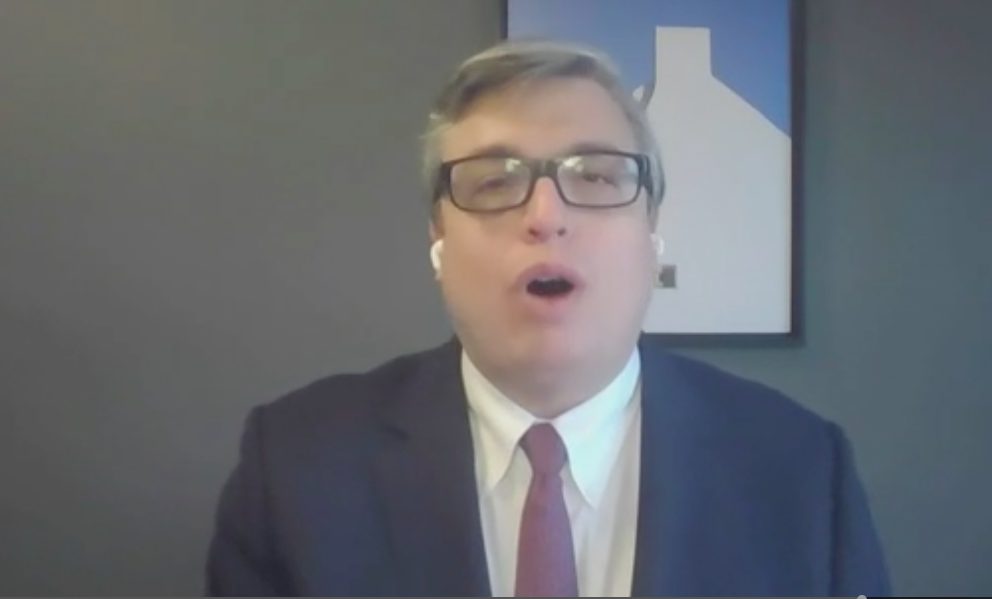
Joseph Gratz
But Joseph Gratz of Durie Tangri LLP, said that this approach is problematic. “Nobody likes to be criticized or have their music used in ways they can’t control, but that is exactly what fair use and the first amendment protect,” Gratz said. “Even moreso where the copyright holder does not like the use, fair use is needed to make sure that free expression can thrive even in the presence of copyrighted material.” Matthew Sanderson, Co-lead, Political Law Group, Caplin & Drysdale, expanded on this, saying that, in recent election cycles, there have been more and more takedown notices issued to political campaigns—particularly Republicans—by artists who do not consent to the use of their songs at events and rallies, but usually those uses are covered by blanket licenses and not subject to takedown. For instance, between 2015 and 2020, the Trump Campaign has been asked by more than a dozen artists to stop using their music. While they have had some success with getting videos using their music on Twitter removed, the public performance licenses in place at most venues make their takedown requests for songs used at events likely to be unsuccessful.
Jacqueline Charlesworth of Alter, Kendrick & Baron LLP, said the courts could help the situation by being “a little more precise about the way they characterize things,” but that creators, too, are intended beneficiaries of the First Amendment, and creators’ messages are appropriated and altered when misused, particularly in political campaigns. In her submitted testimony, she wrote:
In my experience, songwriters and artists whose works are used without permission in this manner are usually far less concerned about partisan politics than the fact that a part of their life’s work has been appropriated for an unintended purpose. Such a use associates the creator and his or her expressive work with a particular politician or cause, which can alienate fans who hold different political views and adversely impact future paid licensing opportunities, as advertisers tend to shy away from songs associated with any other product or cause. In other words, the unauthorized use undermines the market for and value of the song, which is contrary to a finding of fair use.

![[IPWatchdog Logo]](https://ipwatchdog.com/wp-content/themes/IPWatchdog%20-%202023/assets/images/temp/logo-small@2x.png)

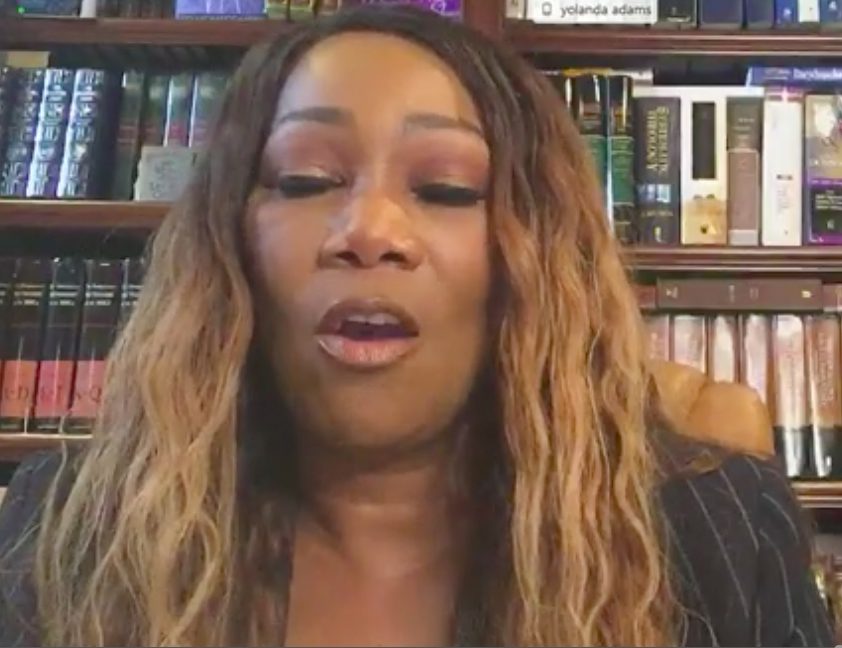
![[Advertisement]](https://ipwatchdog.com/wp-content/uploads/2024/04/UnitedLex-May-2-2024-sidebar-700x500-1.jpg)
![[Advertisement]](https://ipwatchdog.com/wp-content/uploads/2024/04/Artificial-Intelligence-2024-REPLAY-sidebar-700x500-corrected.jpg)
![[Advertisement]](https://ipwatchdog.com/wp-content/uploads/2024/04/Patent-Litigation-Masters-2024-sidebar-700x500-1.jpg)

![[Advertisement]](https://ipwatchdog.com/wp-content/uploads/2021/12/WEBINAR-336-x-280-px.png)
![[Advertisement]](https://ipwatchdog.com/wp-content/uploads/2021/12/2021-Patent-Practice-on-Demand-recorded-Feb-2021-336-x-280.jpg)
![[Advertisement]](https://ipwatchdog.com/wp-content/uploads/2021/12/Ad-4-The-Invent-Patent-System™.png)






Join the Discussion
7 comments so far.
Anon
July 31, 2020 02:28 pmJam,
I find your reply still confusing – avoiding a Fair Use analysis is NOT the way to go.
Your attempt (still) to have a ‘quantity’ metric is not compatible with reality.
It’s just not how Fair Use is evaluated, and Fair Use must be kept, otherwise you have Constitutional problems.
I am not trying to be difficult or play games in “not understanding” you, but you do not seem to understand the legal topic at hand, and your suggestion (and love of that suggestion) has no footing.
Jam
July 31, 2020 01:13 pmGood question Anon,
When multiple thresholds are used, a Fair Use analysis (subject to the whim and fancy of a judge) may be avoided. E.g., if the product from the formula above is less than Z (e.g., .25), then there may be non-rebutable presumption of fair use so that the original rights holder has no control or compensation. This analysis may be performed without having to pay attorneys fees and court costs to get a judge to write an opinion. Since it is significantly cheaper to compare the digital files of the two works with a computer algorithm and get an objective answer than it is to get a final answer from a court, using the formula would bring additional certainty to this area of law.
Thus, the suggestion would be to (1) use the formulaic analysis from the first post with multiple thresholds, then (2) apply a traditional fair use analysis if needed (this may be a re-ordering of the suggestion of post 4). E.g., if the product from the formula indicates that the original rights holder maintains control or is due compensation (e.g., the product is greater than .25), then a traditional fair use analysis may be used to limit the rights of the original rights holder. For cases where the product is less than .25, there is no uncertainty or ambiguity and the new work may be used without being subject to demands from the original rights holder.
Anon
July 31, 2020 06:41 amJam,
Perhaps I am confused, but you want to use your idea of apportionment for Fair Use when Fair Use does not apply?
Jam
July 30, 2020 06:12 pmInteresting point Anon.
An extension would be to keep the Fair Use doctrine in its entirety and when “fair use” does not apply, then apply the formula from above (or some other ‘reasonable’ metric) to determine the amount of control the original rights hold may exert on the new work. If the formula above (percent of original work used times percent of new work using original work) is used directly, the original rights holder could effectively have full control if the product is greater than .5, but the new rights holder would still get financial compensation if the original rights holder decides to market the new work. Similarly, if the product is less than .5, then the new rights holder can use the new work in any manner, but must still compensate the original rights holder proportionately.
Anon
July 30, 2020 12:57 pmJam,
Your desire is frustrated as being BOTH under and over inclusive (failing at both ends of the spectrum).
Some use is Fair at 100%.
Some use is NOT Fair at 1%.
The world is just not as simple as you would have it.
Anon
July 30, 2020 12:53 pmI did not see a discussion point on one of my pet peeves: the ability of someone with TOO MUCH control, that prevents what would be a Fair Use from happening in a first instance.
Jam
July 30, 2020 12:48 pmReally wish there was an objective technical/statistical test for fair use/derivative works based on the actual data (bytes) of the works at issue. E.g., for a new work that includes content from an original work, what percentage of the new work incorporates data taken from the original work and what percentage of the original work was used in the new work (i.e., the entire song or just a few seconds). Multiply these two percentages and identify rights thresholds for the result. E.g., when the product is greater than X (e.g., .75), the rights holder of the original work must be compensated and maintains control; if greater than Y (but not X) (e.g., Y=.5) then the rights holder of the original must be compensated but does not have control of the new work; if greater than Z (but not Y) (e.g., Z=.25) then the rights holder of the original is not compensated and has no control. Debate in congress for the “fair” values and weights.